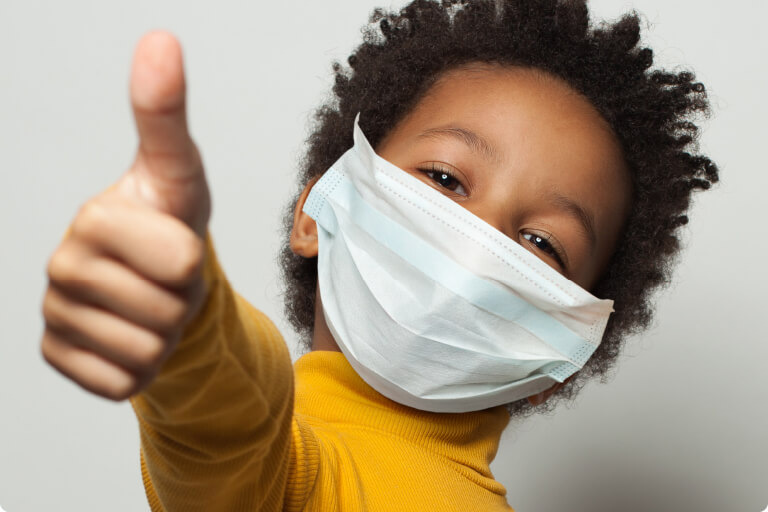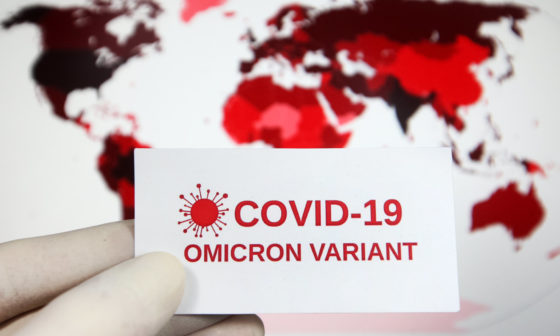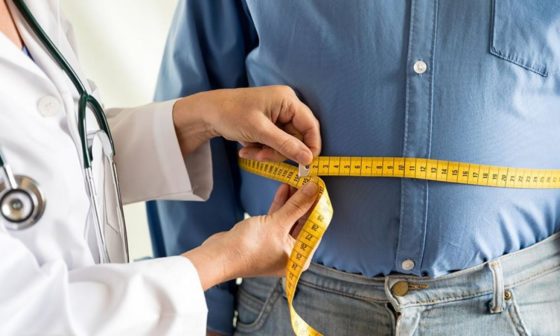Mask assist with halting the COVID-19 infection from spreading, yet that doesn’t make them simple to acquaint with kids, as many guardians have been finding.
The act of wearing a cover to decrease the transmission of microbes has a long history in certain nations. In any case, for some families, 2020 will be recognized as the initial time putting on a cover.
Assuming you haven’t worn a cover before then you probably have many inquiries. To assist you with taking the best choices for your family, we’ve gathered together the most recent master data on covers and COVID-19, how to wear and take care of veils accurately, and thoughts on the best way to effectively acquaint them with your family:
For general data on COVID-19, its side effects, how it spreads, and how to secure yourself and your kids, read COVID-19: What guardians should know.
WHY WEAR A MASK?
One of the fundamental ways that COVID-19 spreads is through respiratory drops that individuals remove when they talk, sing, hack or sniffle. While research is progressing, we presently realize that the infection can be spread by individuals not showing manifestations, which means certain individuals can be infectious and not understand it.
That is one reason why physical separating is so significant where COVID-19 is far reaching. In any case, it’s preposterous all of the time to stay away from others in jam-packed public spots, which is the reason the utilization of a texture cover in such settings is prescribed to secure one another.
Yet, recollect, a veil alone will not forestall the spread of COVID-19 – we as a whole need to keep rehearsing physical removing and cleaning up regularly. By making these strides together, we can beat COVID-19.
What kind of veil would it be a good idea for me to get for my family?
- Non-clinical covers (additionally called texture veils or masks):
If you and your family live where COVID-19 is boundless and don’t have any COVID-19 manifestations, then, at that point, non-clinical covers are suggested.
- Clinical covers: Medical covers are hard to come by around the world in view of the pandemic :
They are suggested on the off chance that you or a relative is at a higher danger of extreme ailment because of COVID-19 (individuals more than 60 years of age or with fundamental ailments), or then again assuming you are really focusing on somebody with COVID-19. A clinical veil ought to be worn to secure others, in the event that you have indications of COVID-19.
What kind of fabric mask is ideal?
Texture covers or masks arrive in a wide assortment of materials and can be something you make at home or purchase in a store. While examination into the utilization of texture veils is progressing, their adequacy relies upon the kinds of texture utilized and the quantity of layers. The World Health Organization suggests three layers comprised of:
- An inward layer of retentive material like cotton
- A center layer of non-woven material like polypropylene
- An external layer of non-permeable material, for example, polyester or polyester mix
Whatever kind of mask you pick, it should cover the nose, mouth and jaw and be gotten with flexible circles or ties.
The World Health Organization likewise puts covers with exhalation valves down. These valves let unfiltered air avoid, making them less powerful for forestalling the transmission of illnesses like COVID-19.
How to clean a fabric mask
Wash fabric masks using soap or detergent, preferably in hot water (at least 60 degrees Celsius) at least once a day. If machine washing, use the warmest appropriate setting for the type of fabric. If hand washing, use hot, soapy water. After washing, the mask should be dried completely before being worn again. Store masks in a clean bag.
HOW TO WEAR A MASK CORRECTLY

1.When putting on a mask
- Always start by washing your hands with soap and water before putting on a mask.
- Make sure the mask is clean. Check it for tears or holes. Don’t wear it if dirty or damaged.
- Adjust the mask to securely cover the mouth, nose and chin, leaving no gaps on the sides.
- Make sure it is comfortable to breathe.
2.While wearing a mask
- Change the mask if it gets dirty or wet.
- Don’t pull the mask down under the nose or chin, or wear it on your head – it should fully cover the mouth and nose to be effective.
- Do not touch the mask while wearing it.
Tip: If you and your family plan to take masks off and reuse them during the day, carry clean resalable bags to store them. Use a separate bag for each mask in your family. When placing the mask in or removing it from the bag, handle the mask by the elastic loops or ties (without touching the mask surface) to avoid possible contamination. Remember to wash your hands before putting it on.
3.When taking off a mask
- Wash hands before taking off the mask.
- Take off the mask by removing it using the elastic loops or ties. Avoid touching the front of the mask.
- Wash your hands after removing the mask.
- Fabric masks should be washed after each use and stored in a clean bag.
- Medical masks are single-use and should be disposed of in a closed bin.
6 common mistakes to avoid

From left to right:
- Don’t pull below the nose
- Don’t leave the chin exposed
- Don’t pull below the chin
- Don’t touch the mask while wearing it
- Don’t wear a loose mask
- Don’t wear a dirty, damaged or wet mask.










1 comment